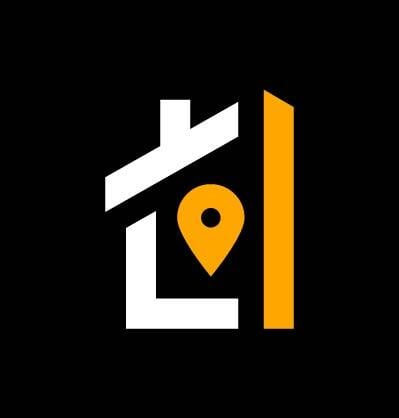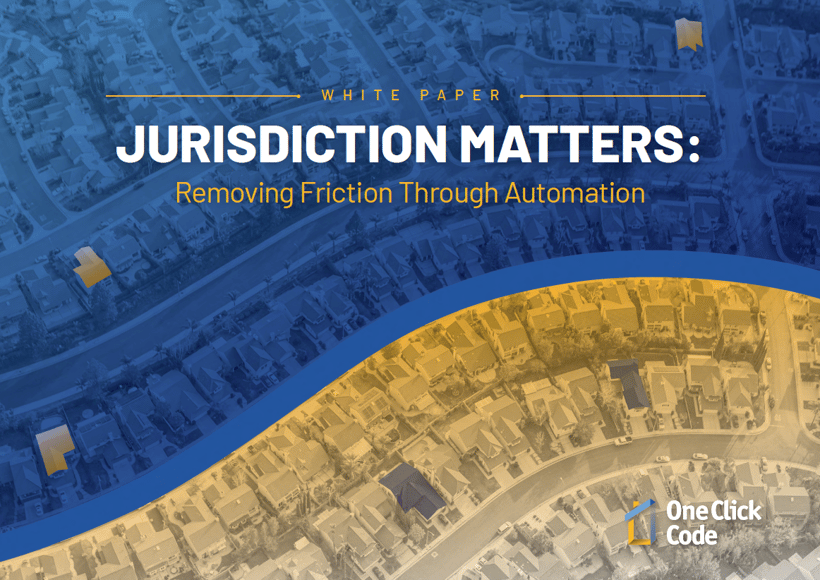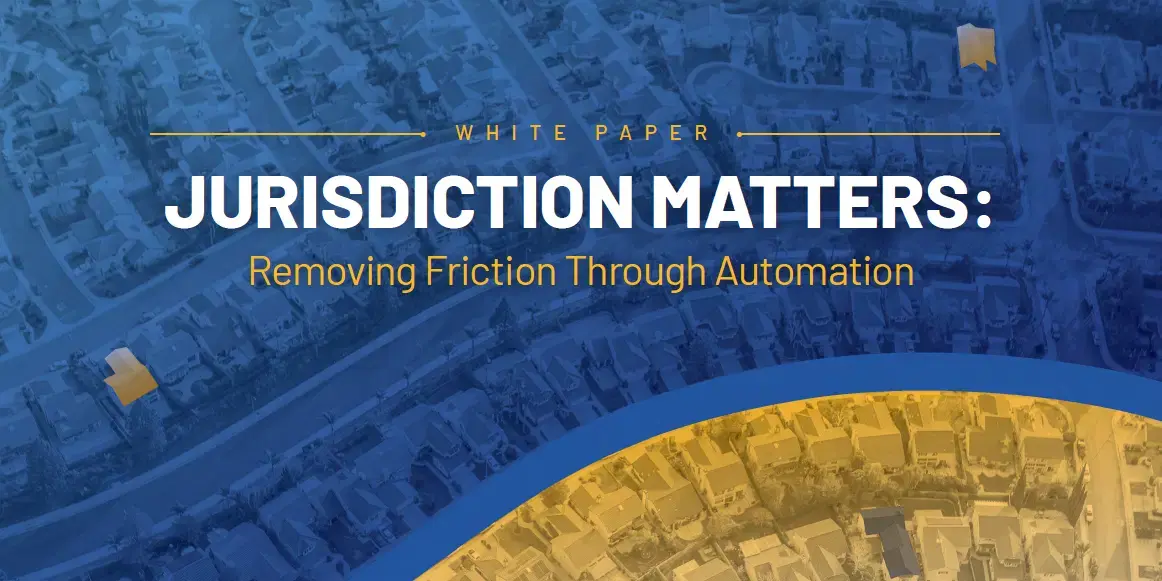
Jurisdiction Accuracy Matters: Removing Friction Through Automation
Geography dictates the choices we make, and how those choices are governed — Understand the role jurisdiction plays
Imagine trying to pick your dream home that also lies within the school district you want your children to attend. Planning for this can be quite complex, and also frustrating! Picking the right school is bound by the location of your home and its proximity to the school district boundaries which are invisible, and generally not identifiable by a city name or a zip code. The invisible boundaries are a reality we all live with everyday, yet the majority of us don’t ever think about until they directly impact a decision we are making. Things like, sending our kids to school or most commonly, when we decide to make improvements to our home via applying for a construction permit.
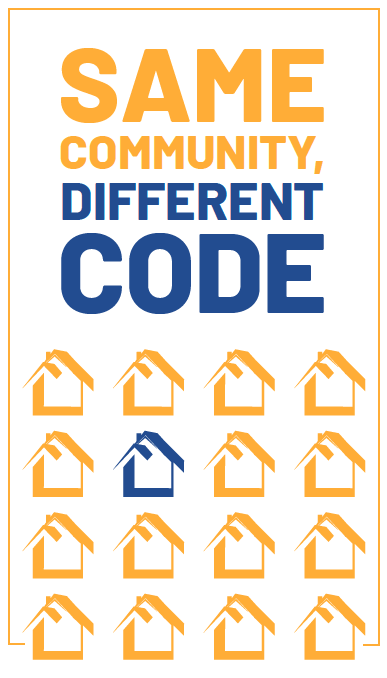
The invisible boundaries are not just associated with sending kids to schools or sales tax on a purchase. According to internal calculations based on available city, county, state, and federal data, relying on the city name listed in a US postal address leads to 40-50% of the properties having the wrong jurisdiction assignments. When considering that for construction and insurance restoration projects, a simple postal address does not point to the correct jurisdiction which can have huge implications for third parties such as insurance companies and contractors that rely on accurate municipal building code data to be able to prepare estimates and perform construction projects across the country.
Currently, contractors and insurance adjusters who prepare estimates to process insurance claims are frustrated. As they inspect and process property claims of homes that are located in the same geographical area, they expect the same jurisdiction and code to govern for all homes, which often is not so intuitive. All too often contractors and adjusters end up wasting hours of their time on each claim trying to find out which municipality has jurisdiction on each house. The frustration is amplified as they have no consistent, reliable source for finding this information other than the manual labor of repetitive research and double-checking of their work.
The lack of accurate and readily available building code information naturally leads to two massive problems for both contractors and insurance companies: incorrect repair estimates and millions of hours spent trying to validate correct jurisdiction.
Like so many problems over the last twenty years that have been solved with innovation and advancing technology, this problem and the resulting stress it puts on everyone during the process needs to be solved. The good news is that this predicament is fixable with the creation of the right digital solution and collection of data, which is finally available.

Cities and counties govern their communities with jurisdictional authority and with that authority administer and enforce building codes. When a municipality is recognized as an independent governing body, it can adopt laws and building codes that guide its future development. Building codes are adopted to provide municipalities a medium for the city or county to protect its citizens. Protection is specifically intended to protect people from faulty building practices, ensuring that architects, engineers, and builders all create structures that are sound and able to serve their intended purpose. When each municipality adopts different codes it means that geographic differences will impact both building standards (structure specifications) and codes, which draw from the standards as guidelines.
Though the International Building Code (IBC) has been adopted by the majority of the municipalities in the US, the confusion lies in which triennial version is adopted and when it is updated by each municipality. Additionally, they also use the different versions of the International Residential Code (IRC), and the International Energy Conservation Code (IECC) for specific building types and systems. Although the national industries and governing bodies update the codes every few years, local municipalities vary considerably in adoption and implementation timelines for the latest version of these codes causing discouraging gaps in information.
Builders, contractors, and all stakeholders in the construction and repair businesses must adhere to the building code when carrying out construction projects. From the Great Fire of London in the seventeenth century to Hurricanes Hugo (1989) and Andrew (1992), building codes have evolved dramatically over time and are now firmly entrenched as a standard component of social governance in nearly every jurisdiction in the United States. In the 1990s, everything seemed to standardize: hurricane-resistant roofing standards were instituted in Florida following Hurricane Andrew, shingle and roof sheathing connections started being tested2, and the International Code Council was formed in 1994 to begin publishing a new International Building Code every 3 years.3 Even today we have standardized codes that are published and updated on a regular basis.
However, there exists a missing element that has evaded standardization and continues to cause unforeseen problems for insurers and contractors. That element is the determination of exact jurisdiction for each property and what the applicable code editions are for that local jurisdiction. Hence, it is absolutely vital that everyone in this value chain understands which municipality has jurisdiction over the subject property and the corollary building code that the jurisdiction has adopted.
1 https://www.planplusonline.com/simplicity-side-complexity/#:~:text=The%20Simplicity%20on%20the%20Far%20Side%20of%20Complexity,the%20 other%20side%20of%20complexity.%E2%80%9D
2 https://www.whirlwindsteel.com/blog/bid/395713/the-abridged-history-of-building-codes
THE OTHER SIDE OF THE TRACKS
Addresses are wrong. Well, not exactly wrong, but folks that rely on a postal address for establishing jurisdiction instead of the property’s geolocation (longitude and latitude) are consistently frustrated by receiving inaccurate information. As an example, take a look at this confusing map of a home where the postal address lists the city of Englewood, CO: 10694 E Powers Dr, Englewood CO 80111.
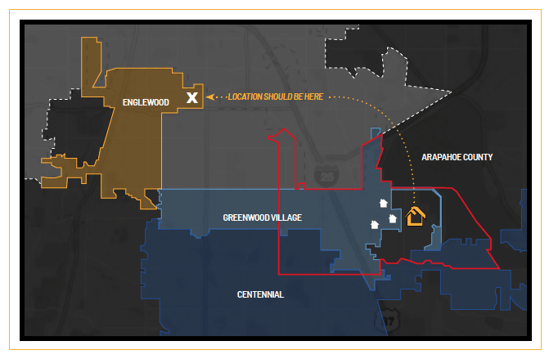
Although the postal address designates the house as being located in the City of Englewood, in fact, it is within the jurisdiction of Arapahoe County. In this case, there are significant code differentials from the city that is listed and the county that has jurisdiction over the property. The differences in jurisdiction and different building codes lead to large price variances between the two municipalities. These variances are often related to materials, labor, taxes, and permit fees and combined all contribute to the vexing problem of roof claims being overpaid or underpaid by 20%.4
The focus of this problem is the use of a postal address to identify the jurisdiction that has the authority for any given property. All US properties are assigned a US Postal address that includes the closest city in proximity to the property regardless of whether it is in the municipality’s jurisdiction. Most people and businesses assume that because the US postal service has included a certain city with the associated street address, that must also dictate the jurisdiction having authority, due to the post office’s historical role as the authoritative compiler of addresses. Operating under the assumption that the post office is right works just fine for delivering mail, but this method creates a large margin of error concerning a myriad of other governmental responsibilities, such as regulating building codes and collecting sales tax in regards to building codes.5
4 See our whitepaper Adjuster’s Delight for an example of this
Between 40% and 50% of properties are located in the unincorporated part of a county and not within the actual city limits denoted by its postal address. This is according to internal calculations based on available city, county, state, and federal data. Thus, a simple postal address does not point to the correct jurisdiction which can have huge implications for third parties such as insurers and contractors that rely on accurate municipal code data. For insurers paying property claims that are governed by state and federal law, these inaccuracies result in hundreds of millions of dollars of annual property claims payouts that do not adhere to the local code which not only violates the local law, but is also a potential implicit violation of their own ordinance and law clauses. Referencing the city associated with a postal address quite often means referencing the wrong codes, which results in potential underpayment or overpayment of claims. This is detrimental to both the insurer’s profit and loss statement as well as its reputation as a trusted source for jurisdictional and contractual adherence.
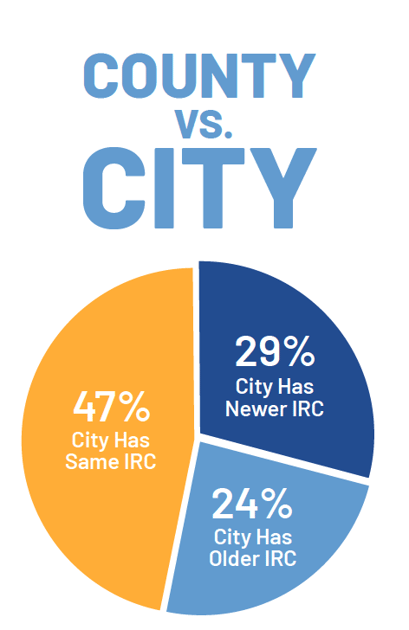
Cities and counties alike rely on the IRC, IBC, and IECC as the authority on building codes that contractors have to adhere to when building, replacing, or repairing property. In our research, we found that within the 29,000+ municipalities that have code jurisdiction within the US, the cities and the counties they are located in use the same edition of the IRC and IBC in conjunction less than half the time. To make matters worse, the codes are usually updated sporadically and unreliably. It is fair to assume that in 25% of all claims cases, the insurer is paying out claims based on an incorrect application of local building codes. This is a major problem that demands remedy from all relevant stakeholders: policyholders, insurers, adjusters, and local governments.
There are practical problems that ensue from this structural incongruity and impact several industries. The market for roofing claims within the insurance industry is massive, with several nuances and complexities that impact the value of claims. Cities and counties mandate significantly different rules with respect to the use and quantity of the following:
-
- Drip Edge
- Ice Shield
- Underlayment
- Valley Liner
- Step Flashing
- Roof Attic Ventilation
- Sheathing/Deck
- Specific Shingle Types
There are also overarching, region-specific variations that insurers and local contractors need to keep in mind, yet often forget or overlook at any given stage of the claims process. These variations include but are not limited to: climate, wind, snow, and fire. In colder climates for example, ice damming can cause roof water backup resulting in severe interior damage from roof leaks. In high wind prone areas, regional wind speed ratings will vary based on coastal, mountainous and convective topographical factors and non-compliance can have devastating consequences. In the midwest and northeast, snow load considerations influence roof rafter and truss joint span specifications like thickness and type of sheathing to prevent collapsing of roofs. National fire rating considerations for multifamily or multi-dwelling units such as firewalls, sprinkler systems, and public protection (fire department) access vary and influence adoption of the latest codes. All of these contribute to the never-ending effort of municipalities adopting and enforcing building codes that are tweaked to fit their community and their effort to protect the life and safety of each citizen.

The final element of this problem is an economic and natural part of the free enterprise system: third-party estimating companies. These companies play a very important role in keeping insurance companies honest about the obligation to honor their own and general industry indemnification rules. As late as 2012, third-party estimating companies were sparse and barely played any role in the roof claims process. Eight years later, the situation is much different with supplemental companies involved in what seems like every other roofing claim. Unfortunately, supplemental companies often do not have any advanced knowledge of the local codes, rendering them unable to save any time or provide any source of authority in the process. Moreover, they arbitrarily suggest the more restrictive of the manufacturer’s requirements or local code requirements, adding costs of materials and labor regardless of whether the more restrictive code is actually correct. Because their assertions are not following the right code accurately, they only add to the administrative burden and additional costs of the claims process without assurance that the replaced roof will be installed in compliance with the adopted building code.
THE BEST OFFENSE IS A GREAT DEFENSE
Communication between the contractor and adjuster consists of two parties diligently listening to each other. Although they both understand exactly what is required, only the adjuster can review the information and has the authority to accept its validity and/ or repeatedly request further information, leaving the contractor at the mercy of the adjuster. Proving that the correct code is being followed is based on the confirmation of reliable jurisdiction identification in conjunction with the advanced knowledge of the adopted codes. The goal of presenting this jurisdictional information is to create standardized and defensible estimates for all stakeholders.
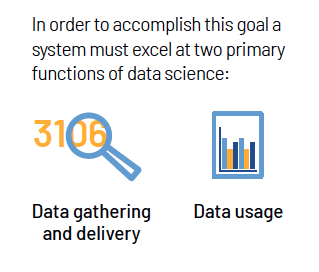
DATA GATHERING
For jurisdiction standardization, the data gathering and the delivery process starts with data acquisition including semi-annual phone calls to over 20,000+ jurisdictions covering 96% of the US population. The first contact with the local municipalities has to be in the January-April period because that is when municipalities tend to change or update their building codes according to the latest standards (see IRC, IBC, ICEE above).
A second communication later in the year validates the codes that have not changed as well as codes that did change, and forecasts what changes might come in the second half of the year (or are scheduled to occur in the beginning of the following year subject to the standard six-month grace period that precedes any implementation of the new code). However, this semi-annual cycle of updating alone is simply not enough for the best coverage.
It is vital to supplement these regular calls with national weather and storm tracking, live calling and updating in the wake of severe storms and/or other catastrophe ravaged areas within 24-72 hours after the storm.
DATA USAGE
Technology can bring to light the necessary information to validate an estimate. Used in this way, data could be structured and delivered through an application programming interface (API) and easy-to-use web or mobile interface to all stakeholders, including property owners, insurers, claims adjusters and contractors.
Most importantly, standard education for all of the stakeholders takes on various forms including product and application tutorials, standard documentation and reliable customer service. Upon adoption, the data can quickly scale to process tens of thousands of claims and contractor estimates via a direct connection (API). Eventually, as the mechanics and trust of this data collection process mature, municipalities will be able to directly enter the code changes into the centralized database such that anytime a code changes, the municipality will update the codes themselves electronically and indicate the date when the changes will go into effect.
FREEING INFORMATION BENEFITS ALL
By defining the correct jurisdiction and enforcement around building codes, cities and counties can fulfill their mission of making all parties in the claims process aware of the right information every time. The building code that cities and counties enforce is developed intentionally to protect citizens and facilitate the greatest benefit to as many property owners as possible. If the companies that prosper from the activities governed by the code intend to create as much value as possible, they must receive reliable information. But, in half of all cases they may not have accurate information. Today, the integration of the information to rectify that problem has been automated.
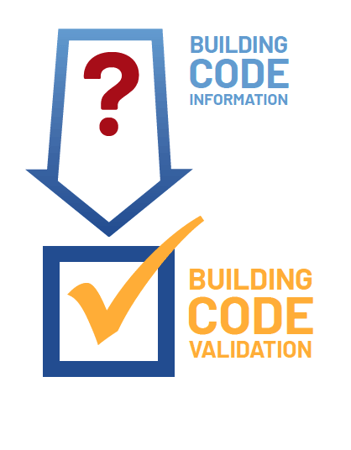
Providing correct code information in a timely fashion is the way to free everyone in the claims and contracting processes from the frustrations of misinformation. Creating a basis for defensible policyholder indemnification is not easy but it is highly desirable and achievable. For insurers and contractors it can guarantee a streamlined process and for policyholders it ensures accountability and adherence to local laws and ordinances. Freeing data and emancipating jurisdictional information epitomizes an ideal in technology to combat human fallibility which is the same ideal for which the building codes were established originally.
REAL-TIME VISIBILITY MAKES ALL OF THE DIFFERENCE
To take this a step further, envision driving to work with no speed signs posted to let you know what the speed limit is...
Imagine those speed limits are the building codes we have been referring to throughout. But, the city and county governments hold this information in an office forcing you to call them in order to find out what they are in any given year or location. The twist is that you are never sure that you have called the right office, been given the right information, or if these “speed limits” will even be enforced. Thanks to advances in technology, your satellite navigation system has been automated to show where the speed limit signs are and when they change in real-time. OneClick Code has done precisely this for property and casualty roofing claims which achieves automation in the vein of simplicity, all while ensuring data integrity.
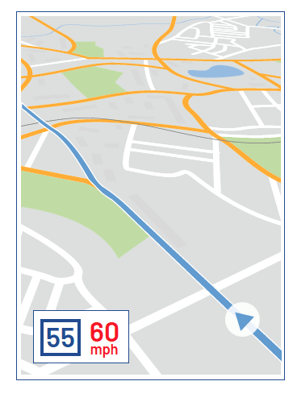
“Jurisdiction” is a broad term that touches all areas of society and how governments govern property, taxes, criminal, civil justice, and building codes. In the case of property insurance claims, it is exceedingly important to understand the implication of jurisdiction as each municipality governs the implementation of building codes and permitting. Their decisions to adopt certain building codes directly affect how claims are paid by insurance companies, and honored by the contractors who perform the repairs. Estimates can only be precise when considering all of the key inputs, and it is the jurisdiction that dictates those inputs.
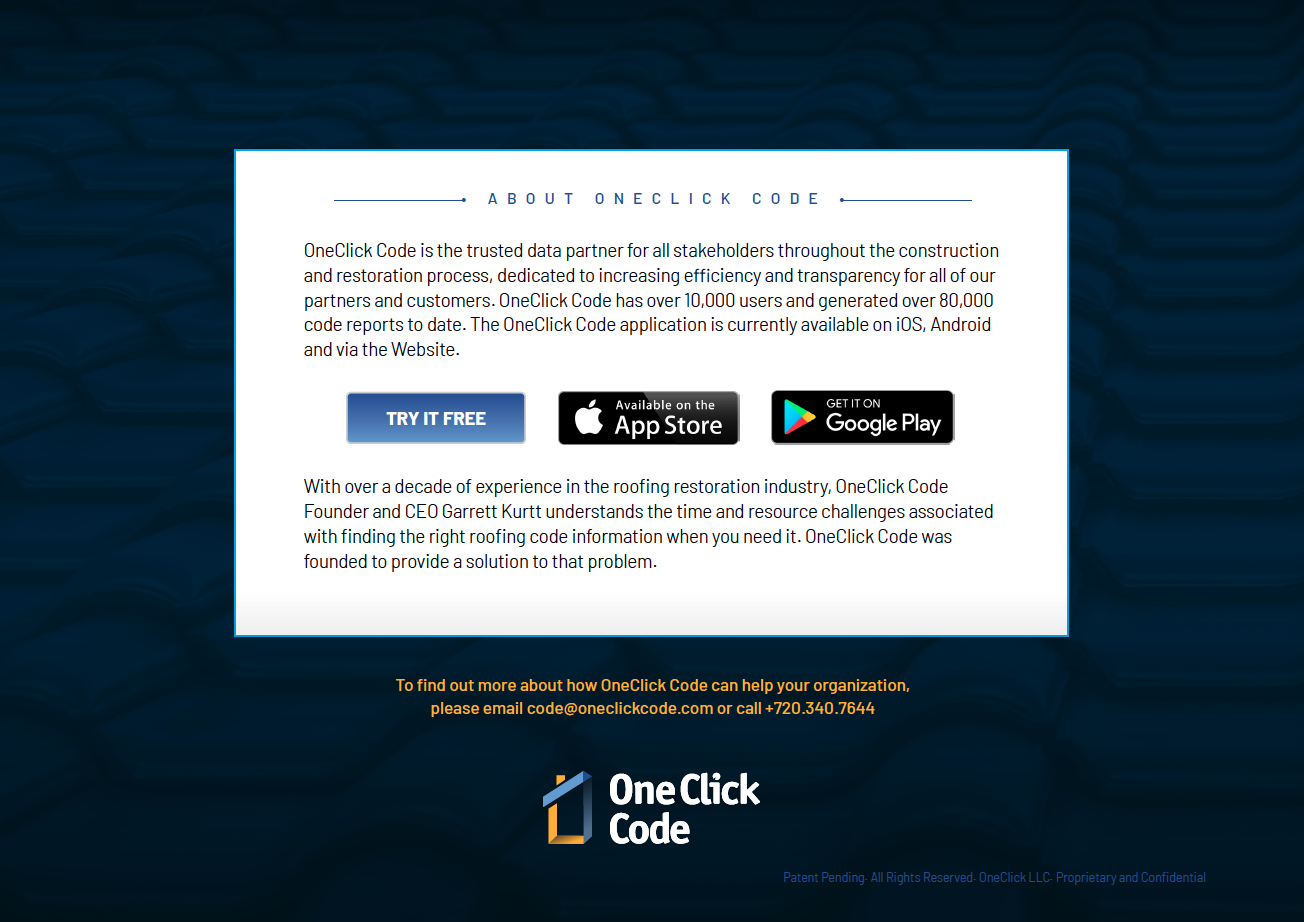
About OneClick Code
OneClick Code is a trusted data partner, dedicated to streamlining the code-sourcing process for all parties in the roofing industry while also increasing efficiency and transparency for all stakeholders in construction and restoration. They have the only platform to have blazed the trail for data automation of jurisdictional authority for building codes, permit fees, taxes, and manufacturer specifications required for any address nationwide. OneClick Code has been serving customers in the contracting, insurance, and claim adjusting fields by providing instant access to trusted roofing codes, in the click of a button. Offering unique reports that can be easily shared between all stakeholders in the roofing claims industry, OneClick is adding value to all parties and empowering customers to save time and money on every claim. Welcome to restoration intelligence, automated. To learn more, visit our website www.oneclickcode.com.
